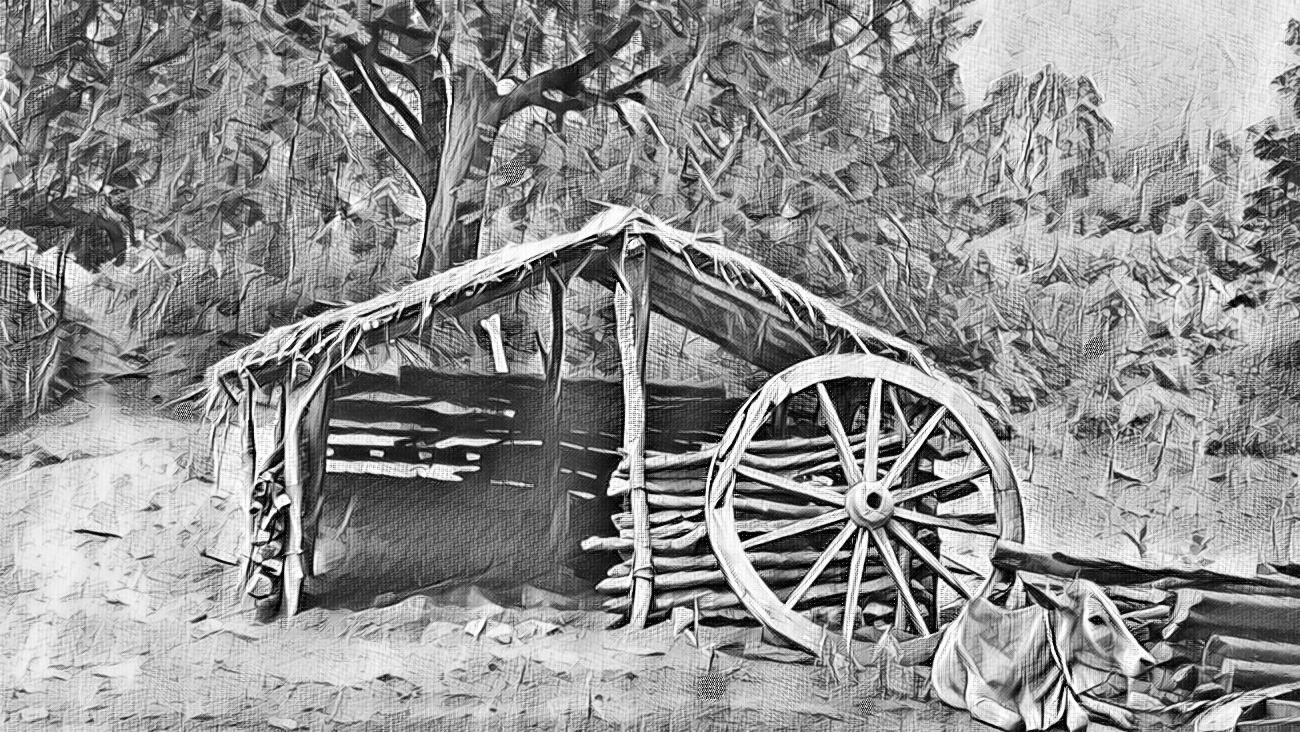I have so many memories of the time spent in the villages since childhood. I was born in Regadi Mamidipally village, it is the native place of my mother located about Seventy-five kilometres from Hyderabad. Assisted by a Mantrasani (midwife), was born in the night. It was December month and it was so cool due to winter. To keep me warm in the night, my grandmother, warmed me by the heat of a biomass stove in the kitchen. In those days, the tradition was that daughters always delivered their babies at the mother’s place. So, the birthplace was mostly the place of ones mother’s home. In those days, for technical reasons, one cannot claim the original birthplace but need to be associated with the native village or the place of education for all purposes in life.
In the 1970s and 1980s, there were very a few transportation’s means to go to my mother’s village. It was remote in those days. To reach the village, after getting down a bus, we used to walk about Ten kilometres - all the way need to walk from Koukuntla gate, via Chanugomla village and have to cross Sangamla Vagu (a stream) on the way. It was nice to drink some fresh water from the stream. This Regadi Mamidipally village had black cotton soils predominantly, therefore it got the prefix Regadi, it means Black Soil. During the rainy season, it was almost impossible to walk with chappals as the black cotton soil holds the feet and slippers tightly. The Shahbad chappals made up of leather and used tyre piece as the sole were much stronger.
Especially after reaching the village, it was even more difficult to walk due to the dry thorny branches of Nalla Thumma (Acacia nilotica plant species) which is used for fencing on either side of the dirt road to protect the fields from domestic animals. Often, the scattered thorns of these branches pierced the wet-feet without any mercy. It was challenging to identify some of the thorns which mixed with the black damp mud and many times they pierced my feet. The embedded thorns were often removed with the help of someone using a safety-pin after rubbing the place with some saliva.
After reaching the village, the guests would be directed to a Jarat for washing the feet - it is an open place used for washing and bathing in the centre of the house.
I have visited more than 10,000 villages in different parts of India. Each village has its own charm and identity.

A scene on the way to a village




